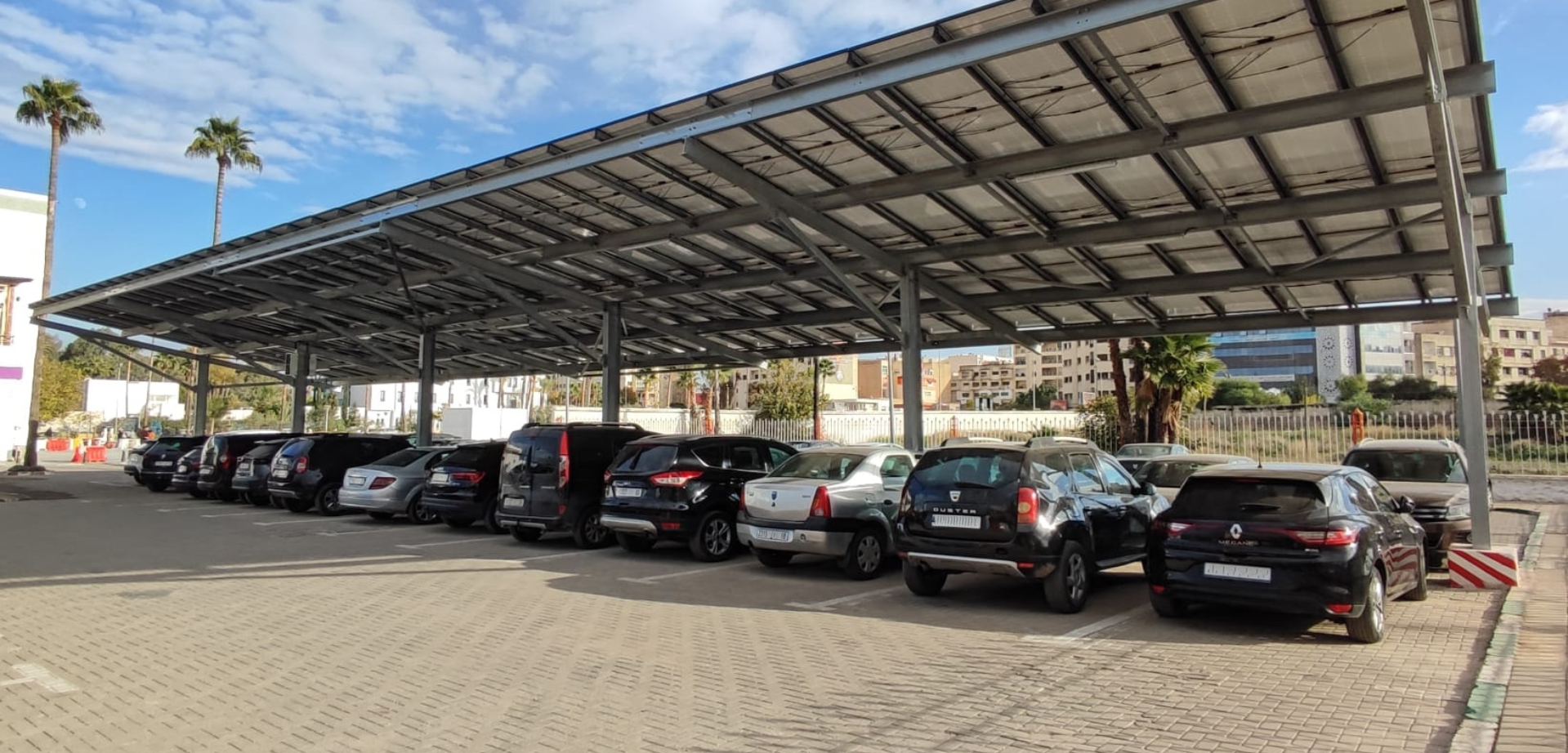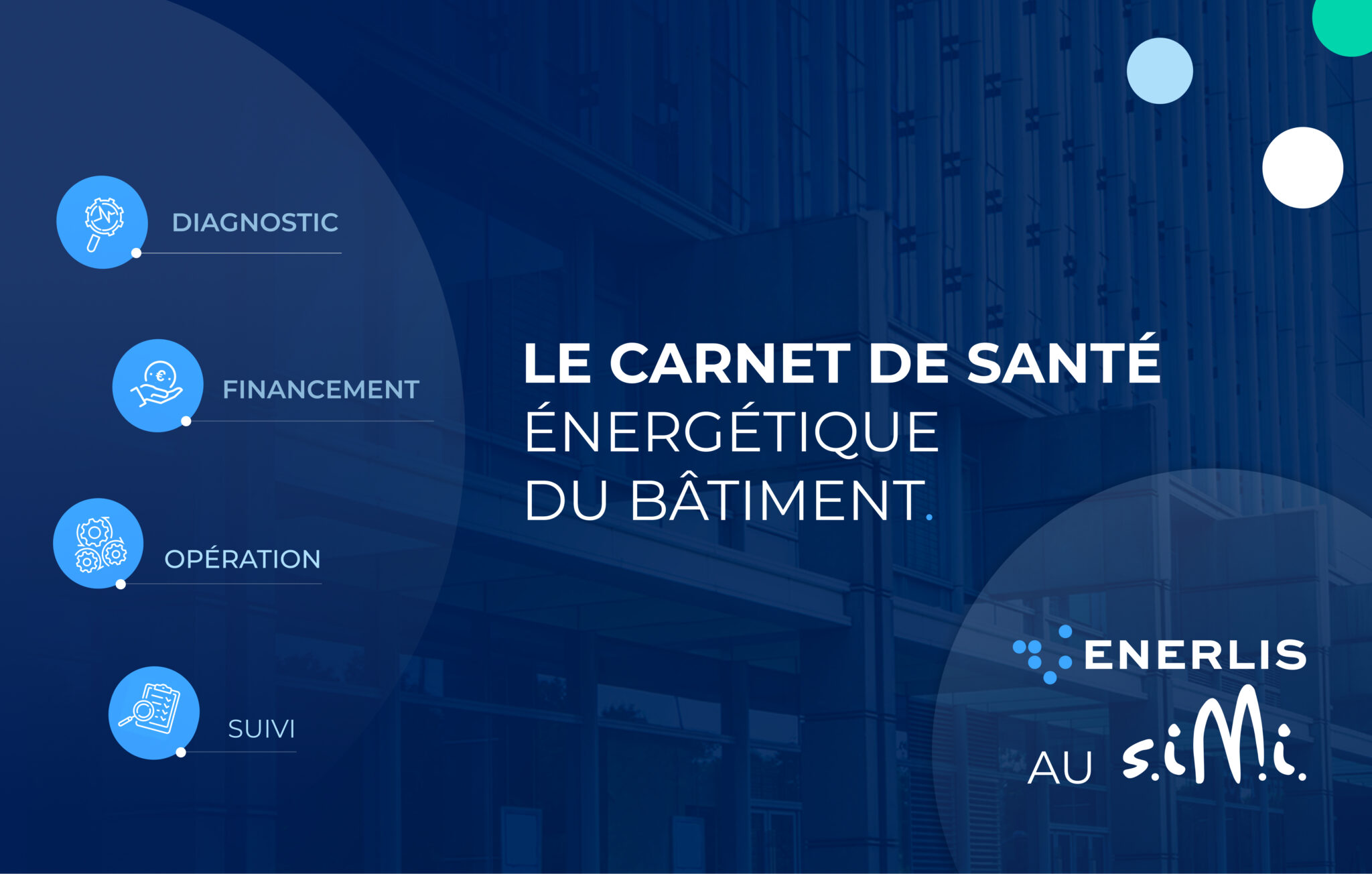The tertiary sector is particularly energy intensive and emits greenhouse gases. In order to reduce the energy consumption and carbon footprint of certain companies, the tertiary decree was created. Enerlis, specialist in energy efficiency, guides you through the different steps intended to bring you into compliance with this obligation.
What is the tertiary decree?
The tertiary decree , also called “tertiary eco energy” system, came into force in 2019 . It clarifies the terms of application of the ELAN law (development of housing, development and digital) dating from 2018 which set objectives for the progressive reduction of energy consumption for tertiary buildings.
Contextual guide to the tertiary decree
Buildings in the tertiary represent 973 million square meters : they are responsible for a third of the energy consumption of buildings and 25% of greenhouse gas (GHG) emissions from the real estate sector.
The tertiary decree therefore aims to force the tertiary sector to reduce its energy consumption as well as its carbon footprint.
Regulatory guide to the tertiary decree
The tertiary decree requires all buildings for tertiary use of more than 1000 square meters to gradually reduce their final energy consumption and to display the results on the OPERAT platform (Observatory of Energy Performance, Renovation and Actions of the Tertiary) managed by Ademe.
Guide to the scope of the tertiary decree
More precisely, here are the buildings (public and private) which are concerned by the tertiary decree:
- building with a surface area greater than or equal to 1000 m2 exclusively allocated to tertiary use;
- mixed-use building which accommodates tertiary activities and whose combined surface area is greater than or equal to 1000 m2;
- any group of buildings located on the same land unit or on the same site as long as these buildings accommodate tertiary activities on a cumulative surface area greater than or equal to 1000 m2.
Owners, tenants or operators are therefore obliged by the tertiary decree to:
- offices;
- educational establishments;
- hospitals;
- hotels;
- sports complexes;
- shops etc.
Tertiary decree and regulatory calendar: the guide
The tertiary decree imposes a gradual in energy consumption.
The latter can be calculated in two ways:
- relative value CRELAT method : i.e. a reduction in final energy consumption of 40% by 2030; 50% reduction by 2040; a reduction of 60% by 2050 compared to a reference year which cannot be less than 2010;
- absolute value (kWh/m²/year), according to the CABS : i.e. a final energy consumption threshold not to be exceeded at each deadline (2030, 2040, 2050).
Good to know: due to the covid crisis and low energy consumption during this period, 2020 cannot be chosen as a reference year.
What are the exceptions to the tertiary decree?
The objectives to be achieved can be modulated in the event of the appearance of:
- technical, architectural and heritage constraints
- change in activity carried out in buildings.
Furthermore, here are the exception to the tertiary decree:
- constructions ;
- places of worship;
- operational activities for defense , civil security or internal security purposes of the territory.
Guide to complying with the tertiary decree
Are you subject to the tertiary decree? Here is the procedure to follow: carry out an energy audit , implement energy efficiency measures, monitor the achievement of your objectives via OPERAT or an energy management system.
Energy audit
The energy audit must be carried out by a design office such as Enerlis. It provides an overall view of the building's energy consumption: which equipment consumes the most energy, the state of the building's thermal envelope , the renovation to be carried out to improve energy efficiency, etc. This inventory is the roadmap to comply with the tertiary decree.
Energetic efficiency
The energy audit then recommends tailor-made solutions dedicated to the specificities of the building to reduce energy consumption.
This could be for example:
- the energy renovation of a hospital ;
- the replacement of heating, ventilation, air conditioning (HVAC) systems with equipment running on renewable energy ;
- installing a GTB system
Energy Consumption Tracking
The tertiary decree requires the transmission of energy consumption data for tertiary buildings on the OPERAT platform. This operation makes it possible to monitor energy consumption and ensure that the objectives set upstream are achieved.
Enerlis supports you in setting up the OPERAT project:
- assistance in defining the scope and year of reference consumption;
- determination of numerical objectives;
- power supply to the platform.
To go even further in energy management, you can set up an energy management system (EMS). This is a dashboard designed to monitor indicators and performance. Enerlis also has its own tool to help you achieve your goals.
Funding
Reducing energy consumption within the framework of the tertiary decree entails costs: purchase of equipment, invoicing of service providers, etc. However, there are schemes to help you finance energy efficiency.
For example :
- the Energy Saving Certificates (EEC) system;
- the energy performance contract .
Enerlis offers an energy performance contract based on the ESCO . Contact us to find out more about how to finance your project.
Energy sobriety
Finally, achieving the objectives set by the tertiary decree is only possible by adopting eco-gestures within the company: Enerlis also supports change through workshops on better energy management. internally.
What are the sanctions in the event of non-compliance with the tertiary decree?
Failure to apply the obligations of the tertiary decree results in sanctions ranging from:
- name and shame : publication on the official website of the names of companies that have not achieved their objectives;
- a fine of 1,500 euros for natural persons;
- and a fine of 7,500 euros for legal entities.
Similar articles

Press release | Enerlis at the heart of the Moroccan rail!
We are proud to announce the delivery of two photovoltaic solar power plants in the stations of Fez and Benguerir, made ...
See more

